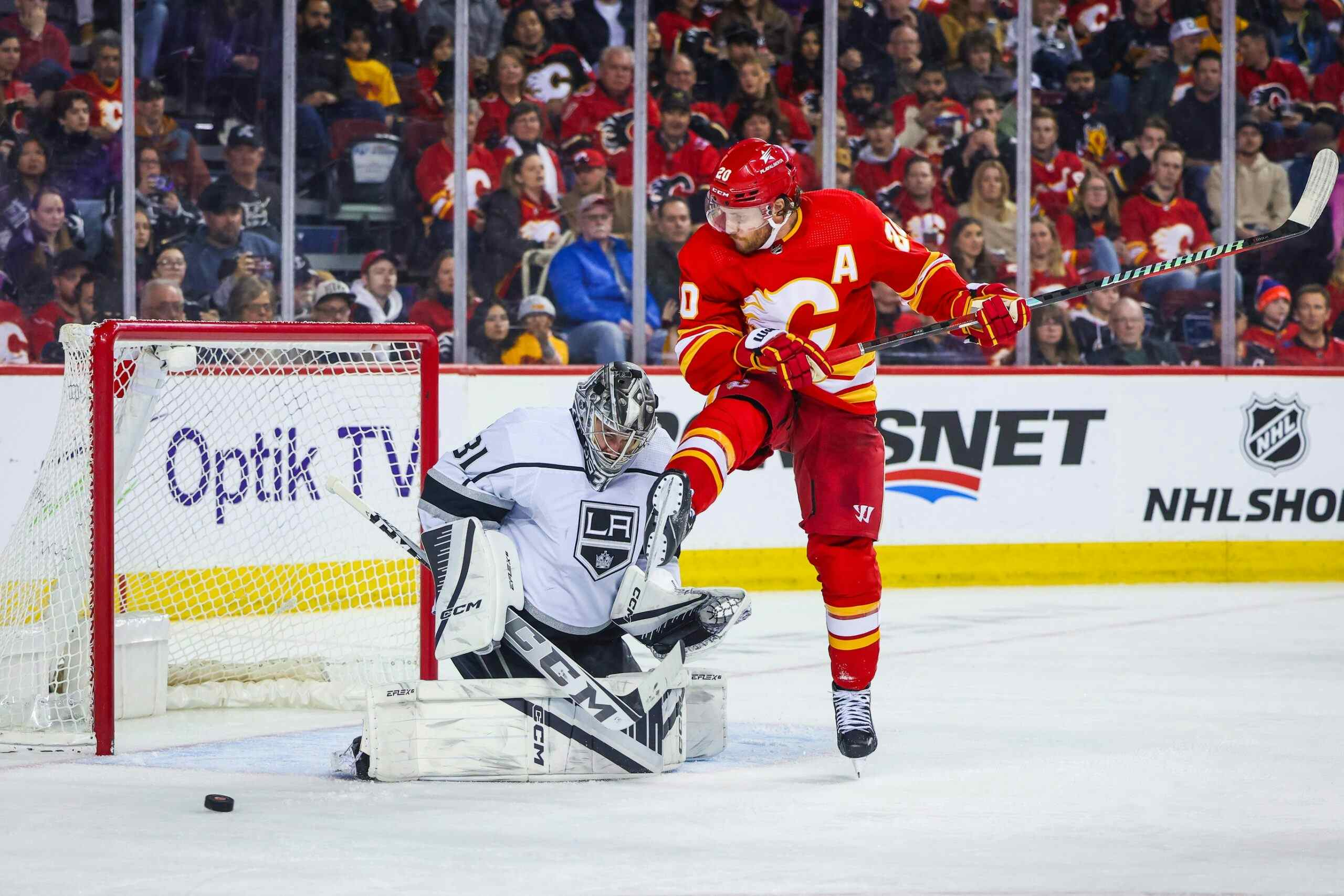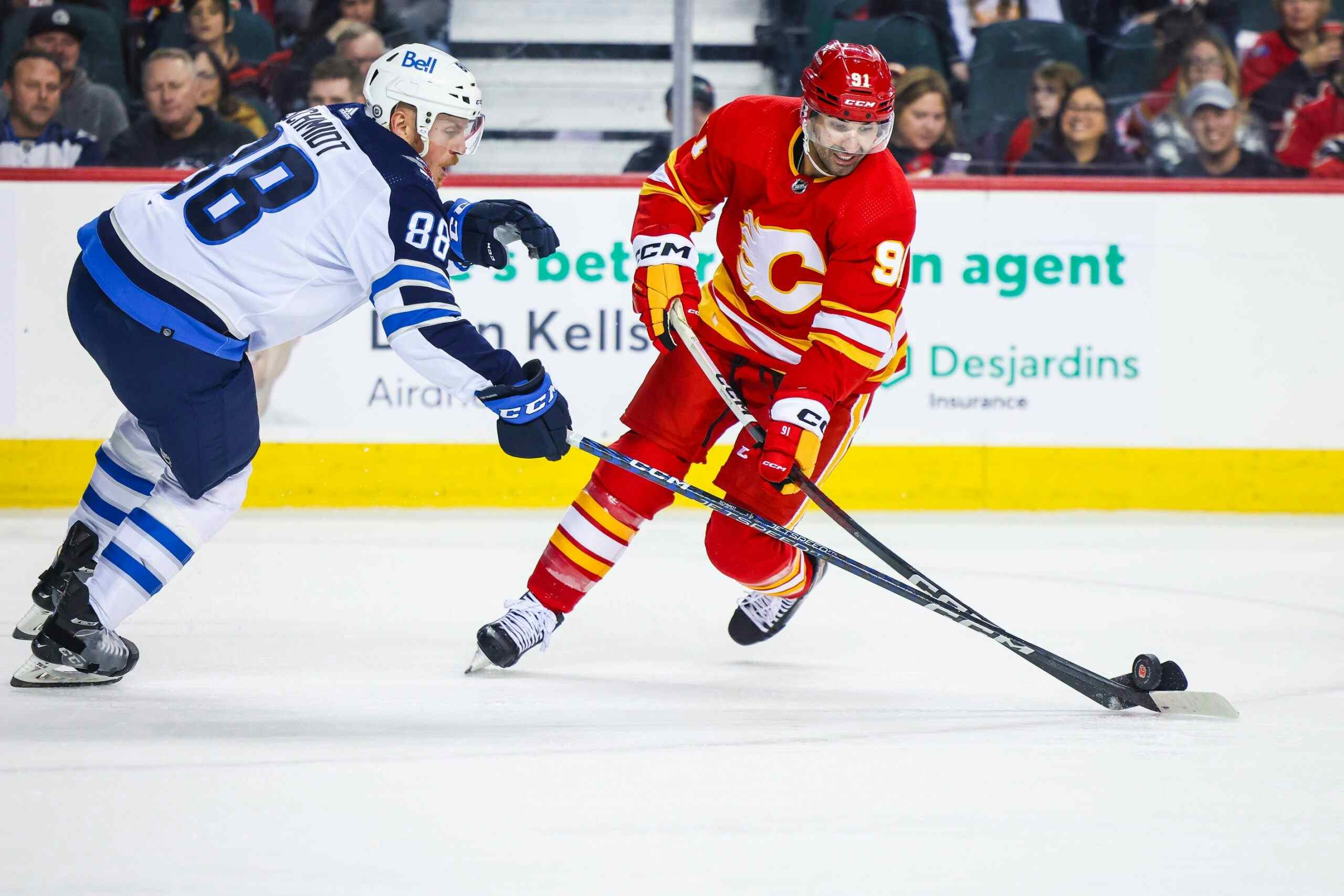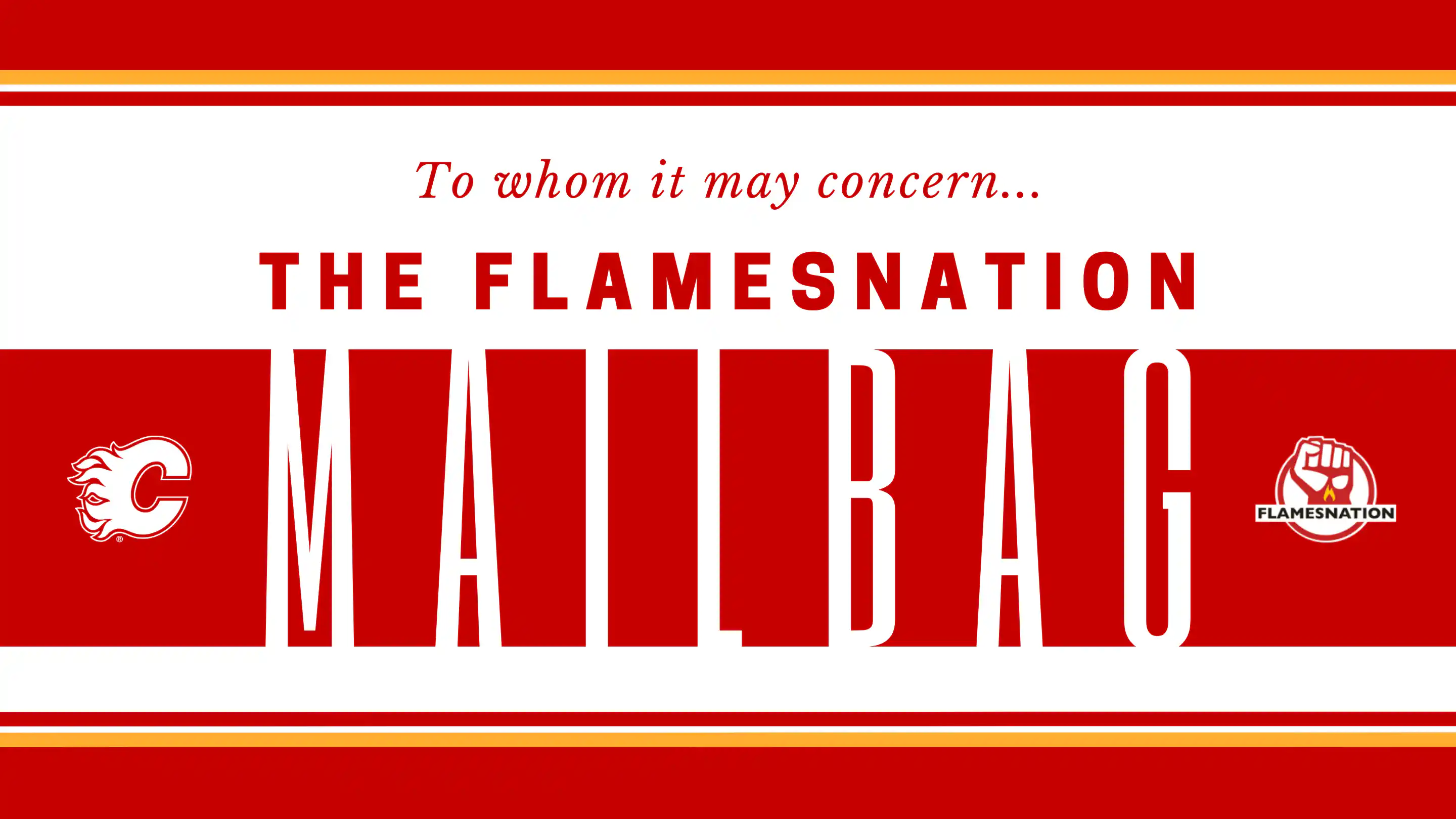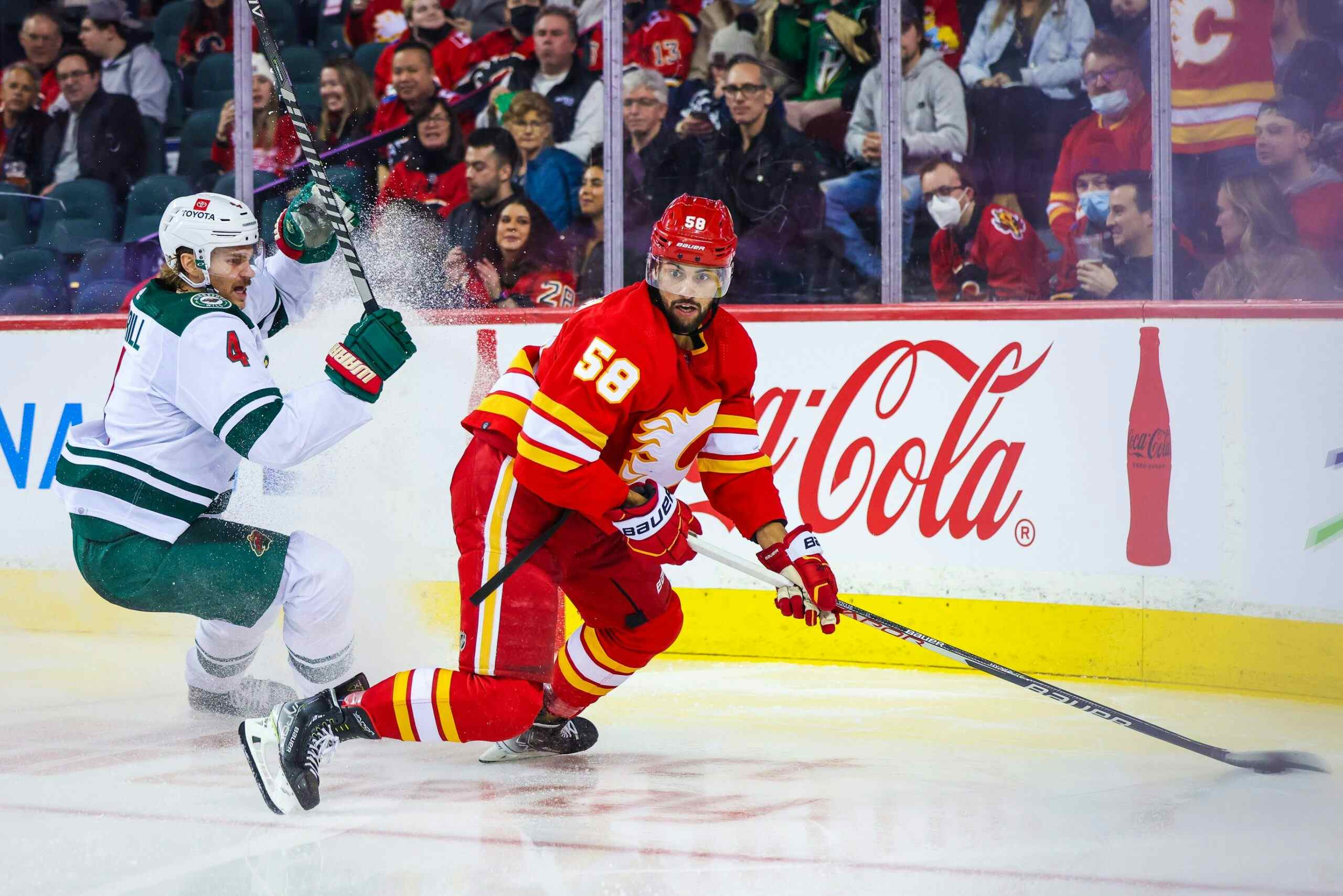FlamesNation mailbag: closing out the 2010s
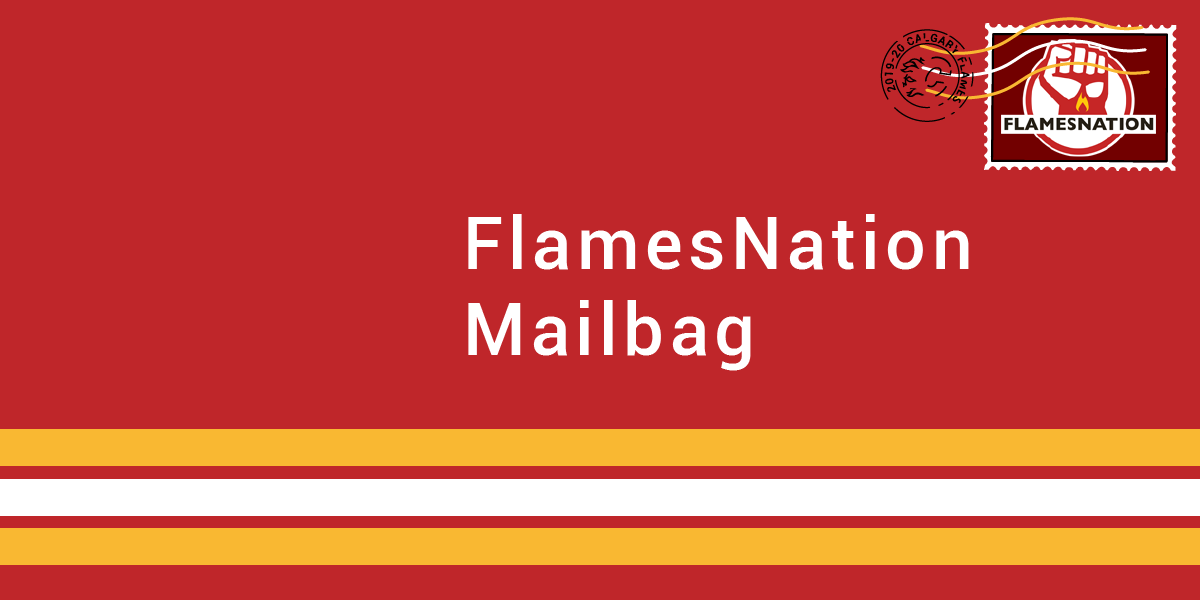
By Ryan Pike
4 years agoThe Calgary Flames are a win-one, lose-one hockey club as the 2010s wind down. Let’s check in on the mailbag as we crawl towards the 2020s.
Yes, but only occasionally. The approach Geoff Ward seems to be taking, for now, is to rotate the five-some of Rinaldo, Tobias Rieder, Mark Jankowski, Sam Bennett and Michael Frolik in and out to keep everyone fresh. But if circumstances change, that could alter this rotation.
What does “circumstances change” mean? Well, right now the Flames are using Juuso Valimaki’s LTIR space to keep a full 23-man roster. If Valimaki gets healthy, that space goes away and they have to trim the roster back down to 22 players. That shifts the dynamics a bit.
Another thing that could happen is if an obvious “top” group from that five-man rotation emerges. It seems right now that Rieder and Frolik are distinguishing themselves, which is keeping them in the lineup more often than not. If an obvious top dog emerges from the remaining trio, maybe Ward abandons the rotation and goes for stability instead.
For the time being, there doesn’t seem to be a natural fit for Czarnik in Calgary. As a right shot winger who doesn’t play a ton of center, he’s basically left trying to nudge his way onto the wings. Right now, the Flames have Matthew Tkachuk, Andrew Mangiapane, Mikael Backlund, Johnny Gaudreau, Dillon Dube, Milan Lucic, Frolik and Rieder as their primary wingers. Barring an injury, it’ll be tough for Czarnik to force his way into one of those spots.
That said, trades and injuries happen. I would expect Czarnik to ply his trade in Stockton for the next while and as the trade deadline looms, he could find his way back into the fold. The reason why Czarnik might slot in more easily than Matthew Phillips or Glenn Gawdin is simple: he’s played in the NHL and the figurative “moment” might not overwhelm him in the same way the first recall can be a bit scary for a rookie. That said, Phillips and Gawdin both carry significantly lower cap hits than Czarnik so there may be a bit of a trade-off involved, too.
Right now Jankowski’s the “devil you know” for the Flames. In psychological terms, we’d call this familiarity bias. The Flames have a big book on Jankowski and his tendencies and quirks. He has holes in his game, for sure, but a reason to keep him is you know his quirks and holes and feel like you can work around them.
Another reason? Jankowski would carry a $600,000 cap hit if he was in the AHL, at which point he would need to play and likely take ice time away from younger, developing players that the Flames have future hopes and dreams for. If you’re completely pessimistic on Jankowski’s value as a player going forward, the easiest, least-damaging solution, may be to keep him on the NHL roster and just work around him until his contract is done in July. If you still think there’s value there, you probably want to nurture it as much as possible by keeping him around the big club.
Another reason for Treliving not making many trades?
The simple answer here, which feeds off the previous question, is the salary cap. Go to your salary cap website of choice and take a quick skim. Of the 31 NHL clubs, virtually nobody has a ton of cap space to work with. If you’re the Flames, and maybe you want to trade away someone like Frolik who’s on your fourth line (and is pricey for that role), the market for that player is limited to the teams that can afford to take him on – that’s a teeny, tiny market and you won’t get any value back from that swap.
Nobody has cap space and it’s slowed the league-wide trade market to an almost glacial degree.
Cap flexibility. Once Valimaki’s healthy, the Flames have virtually zero wiggle room. Heck, the expected performance bonuses for Oliver Kylington and Rasmus Andersson are already likely to eat into next season’s cap barring any moves this season. Finding ways to carve out some wiggle room is paramount for the Flames’ success heading into the trade deadline.
Recent articles from Ryan Pike

